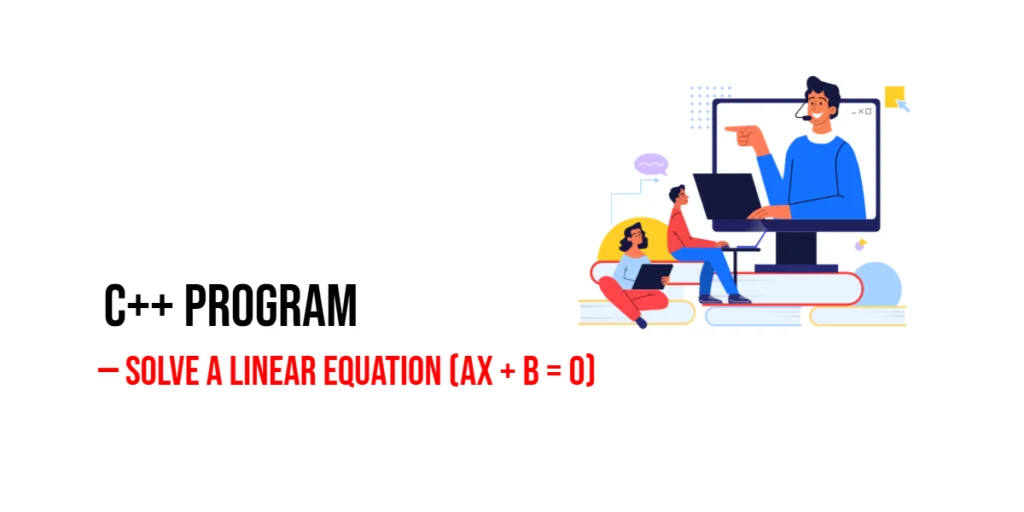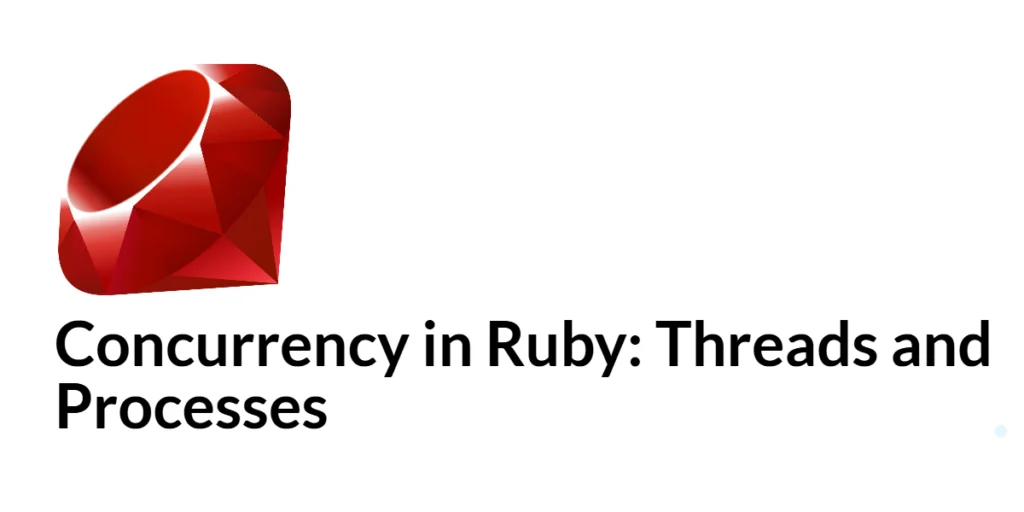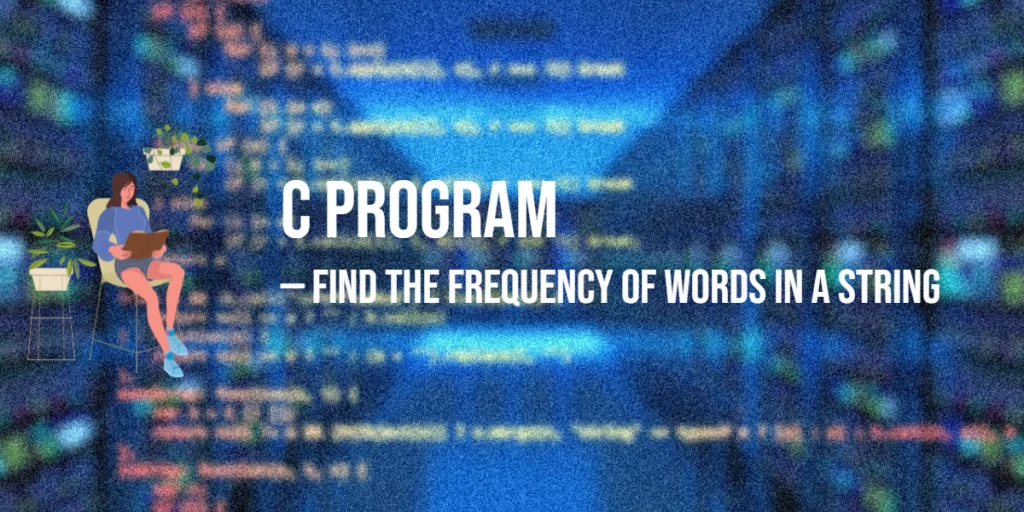Linear equations are one of the first concepts learned in algebra. A simple linear equation in the form ax + b = 0 has only one variable and can be solved using basic arithmetic. Learning to solve linear equations using C++ helps beginners practice input/output, conditionals, and arithmetic operations while understanding how programming can automate mathematical solutions.

with hands-on learning.
get the skills and confidence to land your next move.
Program 1: Solve a Linear Equation Using Simple Arithmetic
This program takes coefficients a and b as input and calculates the value of x using the formula x = -b / a. It also handles the special case when a is 0.
#include <iostream>
using namespace std;
int main() {
double a, b;
cout << "Enter coefficient a: " << endl;
cin >> a;
cout << "Enter coefficient b: " << endl;
cin >> b;
if(a == 0) {
if(b == 0)
cout << "The equation has infinitely many solutions." << endl;
else
cout << "The equation has no solution." << endl;
} else {
double x = -b / a;
cout << "The solution is x = " << x << endl;
}
return 0;
}In this program, we first take inputs for a and b. The program then checks whether a is zero, because dividing by zero is undefined. If a is not zero, the solution is calculated using basic arithmetic. Beginners can see how conditionals help handle edge cases while applying mathematical formulas.
Program 2: Using a Function to Solve Linear Equations
Encapsulating the solution logic in a function makes the program modular and reusable. This is useful when solving multiple equations in a single run.
#include <iostream>
using namespace std;
void solveLinear(double a, double b) {
if(a == 0) {
if(b == 0)
cout << "The equation has infinitely many solutions." << endl;
else
cout << "The equation has no solution." << endl;
} else {
double x = -b / a;
cout << "The solution is x = " << x << endl;
}
}
int main() {
double a, b;
cout << "Enter coefficient a: " << endl;
cin >> a;
cout << "Enter coefficient b: " << endl;
cin >> b;
solveLinear(a, b);
return 0;
}By using the solveLinear() function, the program separates the computation from input/output operations. Beginners can learn the benefits of modular programming, making the code easier to read, maintain, and reuse.
Program 3: Interactive Program to Solve Multiple Equations
This version allows users to solve multiple linear equations in one run. It demonstrates loops and continuous input handling.
#include <iostream>
using namespace std;
double solve(double a, double b) {
if(a != 0)
return -b / a;
return 0;
}
int main() {
char choice;
do {
double a, b;
cout << "Enter coefficient a: " << endl;
cin >> a;
cout << "Enter coefficient b: " << endl;
cin >> b;
if(a == 0) {
if(b == 0)
cout << "The equation has infinitely many solutions." << endl;
else
cout << "The equation has no solution." << endl;
} else {
double x = solve(a, b);
cout << "The solution is x = " << x << endl;
}
cout << "Do you want to solve another equation? (y/n): " << endl;
cin >> choice;
} while(choice == 'y' || choice == 'Y');
return 0;
}This interactive approach combines loops, conditionals, and functions. Beginners can learn how to repeatedly take input, process it, and handle user interaction, which is a common pattern in practical programs.
Frequently Asked Questions (FAQ)
Here are some common questions beginners ask about solving linear equations in C++:
Q1: What is a linear equation?
A linear equation is an equation of the first degree, meaning the variable is raised to the power of one. For example, ax + b = 0.
Q2: Can a linear equation have no solution?
Yes, if a = 0 and b ≠ 0, the equation has no solution because it becomes inconsistent.
Q3: Can a linear equation have infinitely many solutions?
Yes, if both a = 0 and b = 0, the equation holds for all values of x, giving infinitely many solutions.
Q4: Why use a function to solve linear equations?
Functions make the program modular, reusable, and easier to maintain, especially when solving multiple equations.
Q5: Can this program handle decimal coefficients?
Yes, using double data type ensures the program can handle fractional or decimal coefficients accurately.
Conclusion
Solving linear equations in C++ is an excellent exercise for beginners to practice conditionals, arithmetic operations, and modular programming. We explored three approaches: a simple arithmetic method, a modular function approach, and an interactive program for multiple equations. Practicing these methods helps beginners understand both mathematics and programming logic, improving their problem-solving skills.
Additional & References
Understanding linear equations in C++ is a foundational step toward solving more complex algebraic problems. Beginners are encouraged to extend these programs to handle systems of linear equations or equations with more than one variable.
- C++ Reference –
<iostream>– Documentation for input/output operations. - Programiz C++ Tutorials – Beginner-friendly C++ tutorials and exercises.
- W3Schools C++ – Quick reference and practical coding examples.







